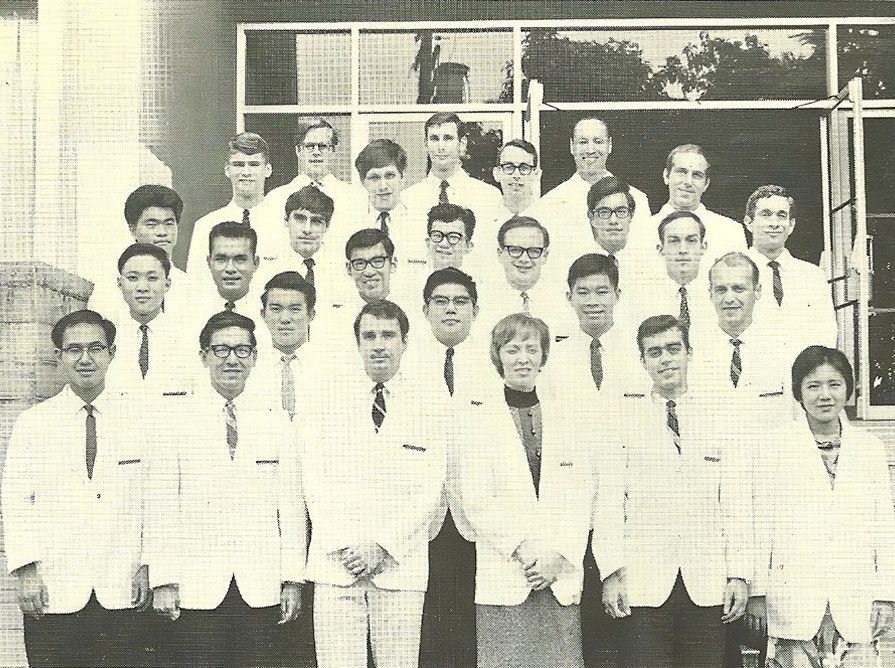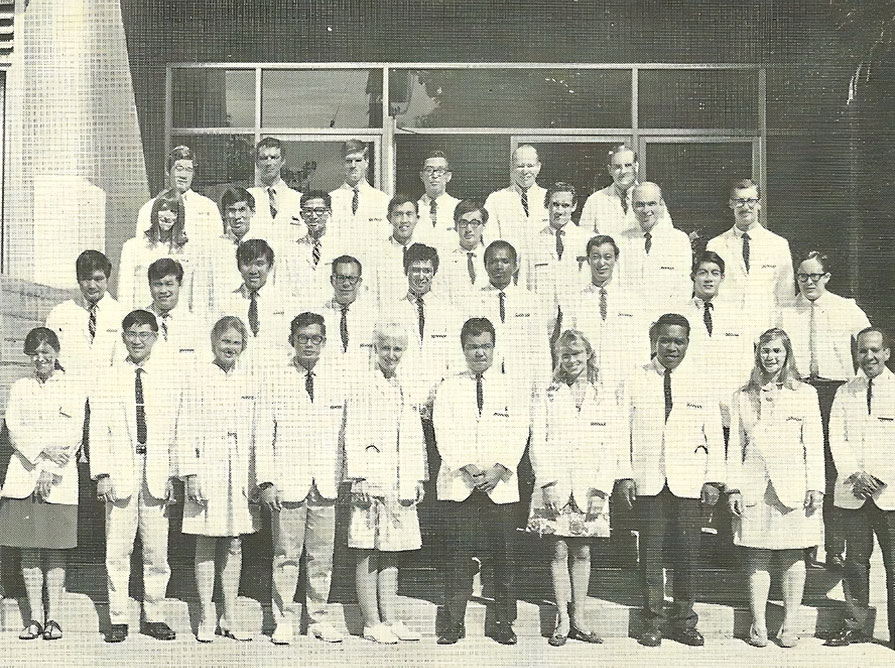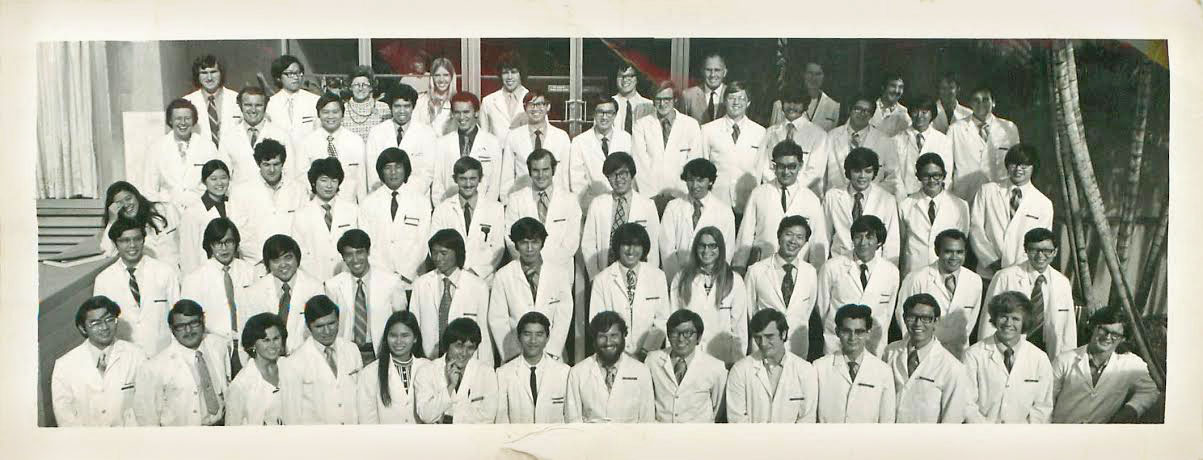JABSOM houses the largest biomedical research facility in
Hawaiʻi and is home to the first clinical department in an accredited medical school in the nation that is focused on health disparities of an indigenous population, Native Hawaiians.
Advanced medical and biomedical research at JABSOM has received international recognition for pioneering work in human fertility, human heredity, comparative genetics, evolution theory, infectious disease, heart disease, metabolic diseases, neurological disorders, aging, mental health, HIV/AIDS, pharmacology, and cross cultural Psychiatry, among other fields. Its work on the better understanding of Hansen’s Disease is part of
Hawaiʻi’s legacy to the world. In 1998, JABSOM researcher Dr. Ryuzo Yanagimachi and his team of scientists made history with the announcement of the Honolulu Technique for cloning mice. In 2023, Dr. Yanagimachi was posthumously awarded the prestigious Kyoto Prize laureate for the category of Advanced Technology (Biotechnology and Medical Technology) for “Contributions to the Elucidation of Fertilization Mechanisms and the Establishment of Microinsemination Technology”.
Our
research focuses on centers of excellence with collaborative partnerships to address diseases that disproportionately affect our local community.
Read more about the history of JABSOM in
“50 Years of Healing in Hawaiʻi.”


